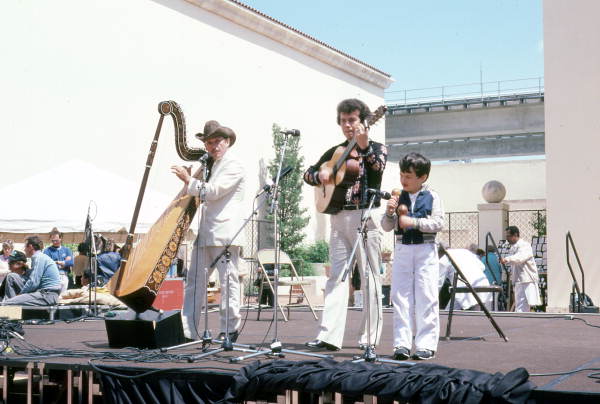 |
| Ayşe 24" x 20" oil and pastel on canvas, 2011 |
In my eternal search for this sound recording I once heard of an Irish woman keening I've started collecting women's mourning songs. Laments, keening, wailing, cry-singing, are some of the terms used for these mourning songs. It's a slow growing collection but every year I find new ones that usually go straight into the Top 100. Ayşe I found during one of my YouTube browsings using some of the keywords I laid out above. The song Zazaca Bir Parka doesn't quite fit in my collection of cry-singing but comes close. The music is certainly mournful but this may be a general characteristic of certain Kurdish musical traditions, Ayşe's other songs published on YouTube have a similar melancholic feel as Zazaca Bir Parka. Ayşe sings and plays saz in the video. Trying to figure out Kurdish titles and names from headings and comments in the videos is a challenge (for me) and I could not positively identify Ayşe's surname. Several names are placed in front of, and behind the name Ayşe. A Google search using Ayşe did not lead me to the identity of the singer, Ayşe is apparently a common given name. All the other names used together with Ayşe simply brought me back to the videos on YouTube. I narrowed it down to two names: her name is either (or both) Ayşe Sefaqi or Ayşe Felek. The country it was recorded in remains unknown to me too as Kurdistan lies within territories of Turkey, Iran, Iraq, and Syria. Political unrest has been ravaging the region for decades and recently violence has been escalating again. I sure hope Ayşe is alright.






